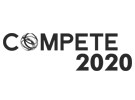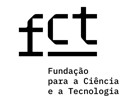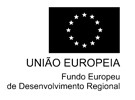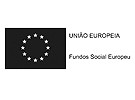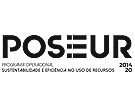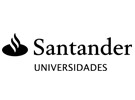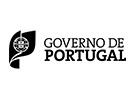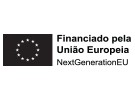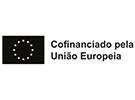



Publication in the Diário da República: Aviso nº 11808/2022 - 09/06/2022 + Retificação Despacho n.º 9545/2022 de 03/08/2022
5 ECTS; 1º Ano, 2º Semestre, 28,0 T + 28,0 TP + 14,0 OT , Cód. 61258.
Lecturer
- Bruno Manuel de Almeida Santos (1)(2)
(1) Docente Responsável
(2) Docente que lecciona
Prerequisites
Not applicable.
Objectives
It is intended to enable the student to:
- understand the financial cycles of organizations and calculate the financial needs inherent to them.
- interpret information that allows them to analyze the financial situation and the results of the activities of any organization.
- collaborate in decision-making regarding various financing and investment options, as well as in the management of the activity, taking into account their effects on the organization's performance, financial balance, sustainability, risk and profitability.
Program
1. Introduction to Financial Management.
1.1. Organizations and management.
1.2. Entrepreneurship, strategy and organizational structure.
1.3. The Financial Function in an organization.
1.4. Activity cycles and financial decisions.
1.5. The functioning of the financial market.
1.6. Information and decision support systems.
2. Introduction to Financial Accounting.
2.1. Basic concepts.
2.2. The digraphic method.
2.3. From transactions to financial statements.
2.4. Main items of Assets, Liabilities and Equity.
2.5. Main items of Income, Expenses and Results
2.6. The Balance Sheet.
2.7. The Income Statement.
2.8. Other accounting documents.
3. Financial and Economic Analysis Tools.
3.1. Basic sources and techniques of Financial Analysis
3.2. Analysis of balance and financial strength, efficiency, profitability and business risk.
4. Introduction to Management Accounting
4.1. Basic concepts of production costs, cost centers, standard costs and management control.
4.2. Relationship between costs, volume and results. Break Even Point analysis.
4.3. Planning and Budgets. Deviation Analysis.
4.4. Treasury Budget and other forecast documentation.
5. Introduction to Financial Calculation.
5.1. Capitalization and discounting.
5.2. Simple interest and compound interest regimes.
6. Introduction to investment and financing decisions.
6.1. The decision to invest, the risk, the sources of financing and its framing in the organization's strategy.
6.2. Projects and studies of economic and financial viability.
6.3. Evaluation criteria rudiments, on investment and financing decisions.
Evaluation Methodology
Continuous Assessment: 2 assessment tests, with a final grade weighting of 35% (each) and a group work with a weighting of 30%.
Students with an average grade of 10 in the continuous assessment are exempt from examination.
Non-continuous evaluation:
Written exam - 100%; in the respective period established in the academic calendar.
Bibliography
- Barroso, C. e Soares, H. e Laureano, L. e Mota, A. (2013). Introdução às Finanças. Lisboa: Edições Sílabo
- Borges, A. e Rodrigues, A. e Morgado, J. (2004). Contabilidade e Finanças para a Gestão. Lisboa: Áreas Editora
- Neves, J. (2012). Analise e Relato Financeiro- Uma Visao Integrada de Gestao. Lisboa: Texto Editores
- Silva, J. e Ferreira, P. (2014). Princípios de Gestão Financeira. Lisboa: Rei dos Livros
Teaching Method
- Theoretical presentations by the teacher using expository and interrogative methods, with the support of the board and audiovisual media.
- Resolution of cases and practical exercises.
Software used in class
Not applicable.


